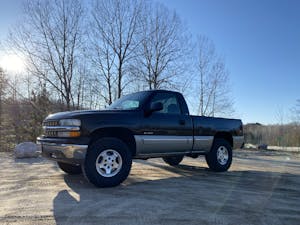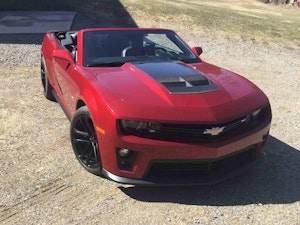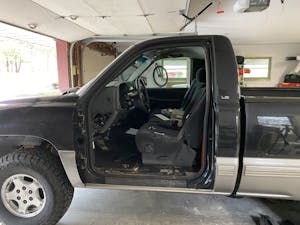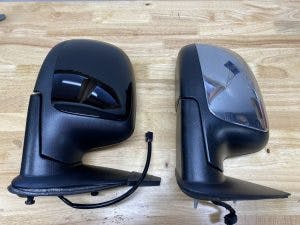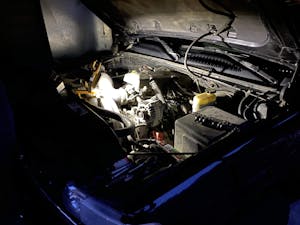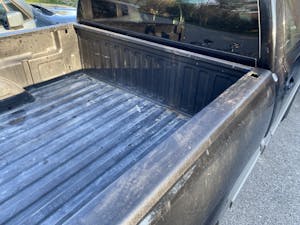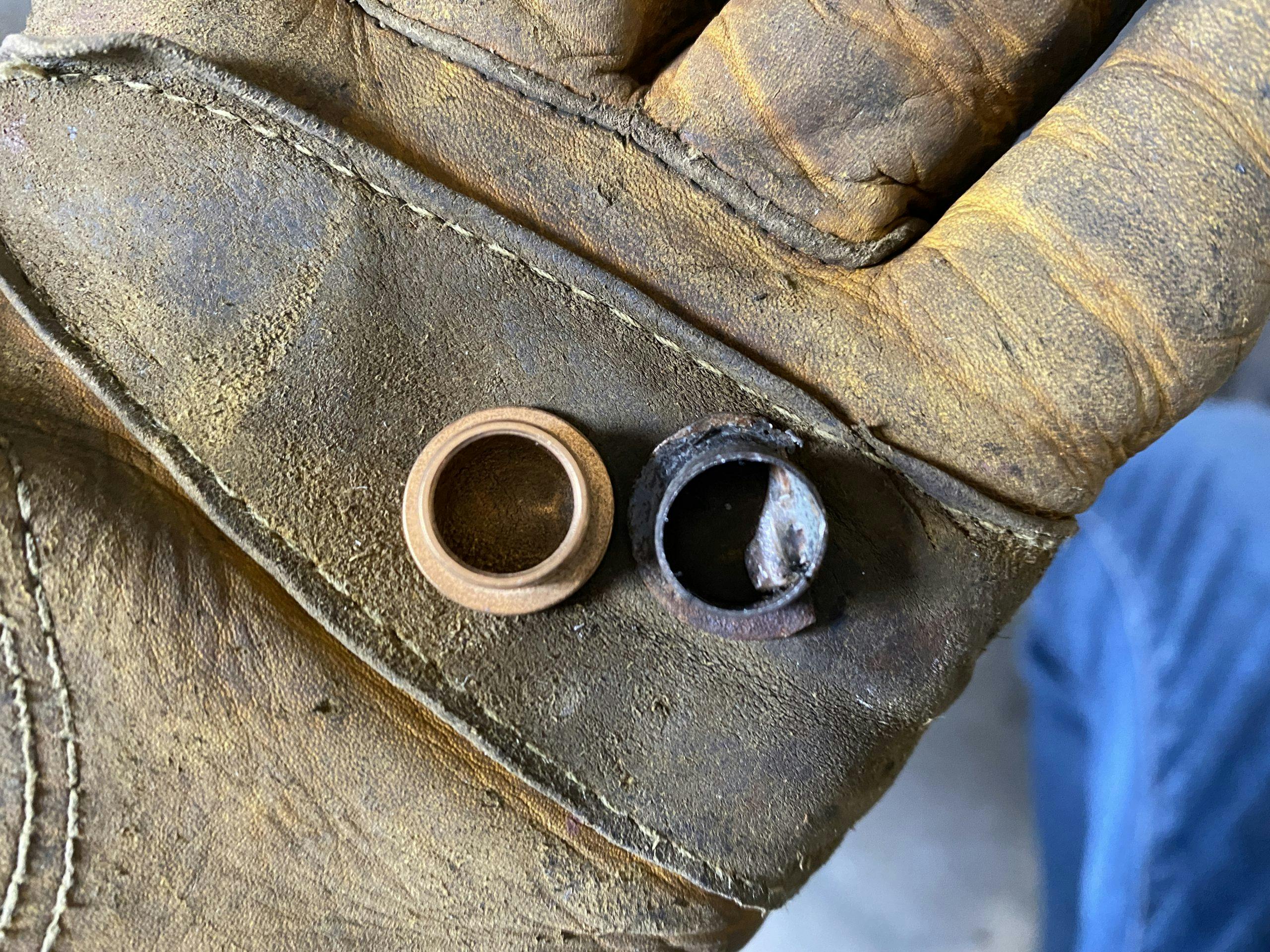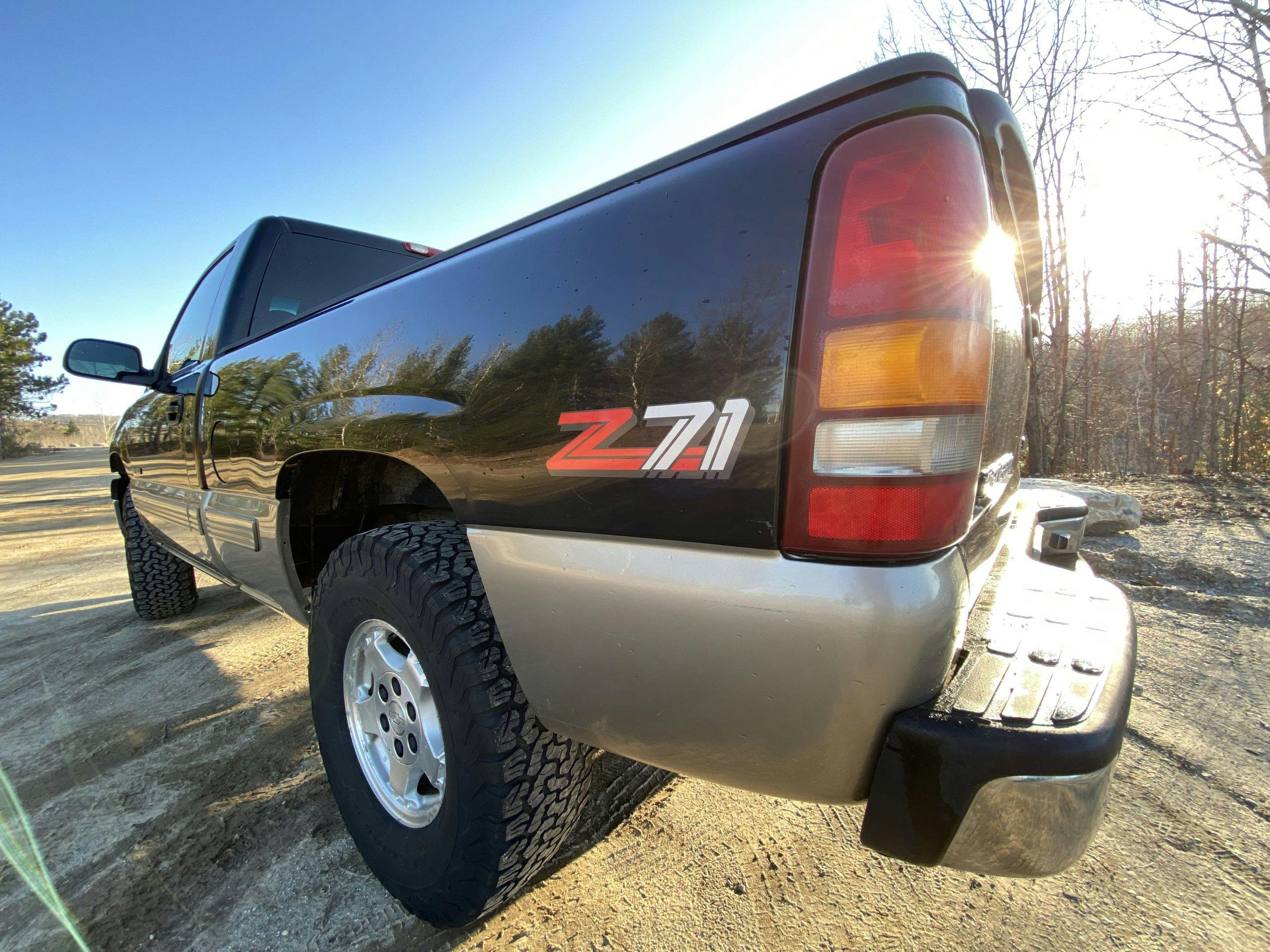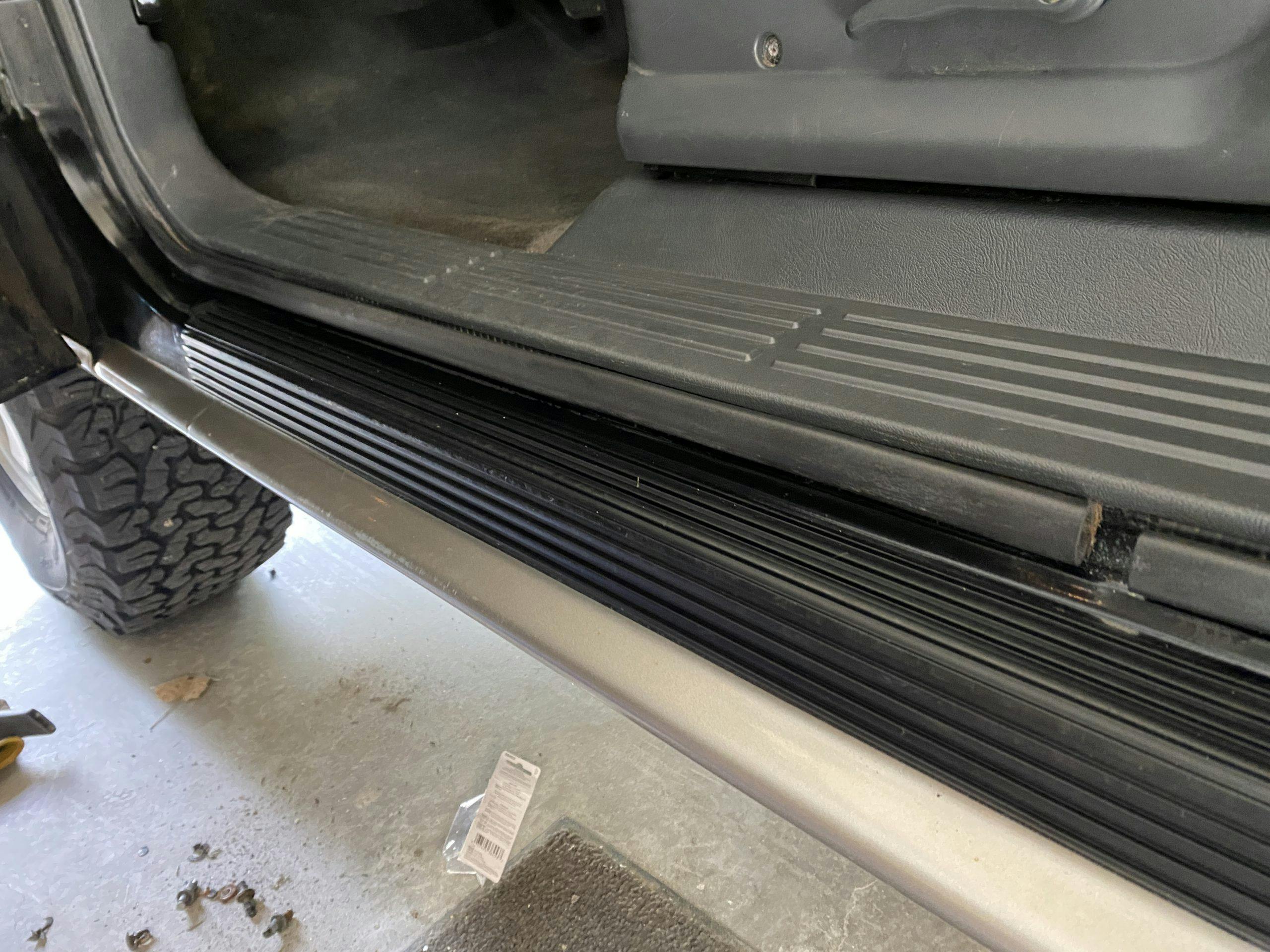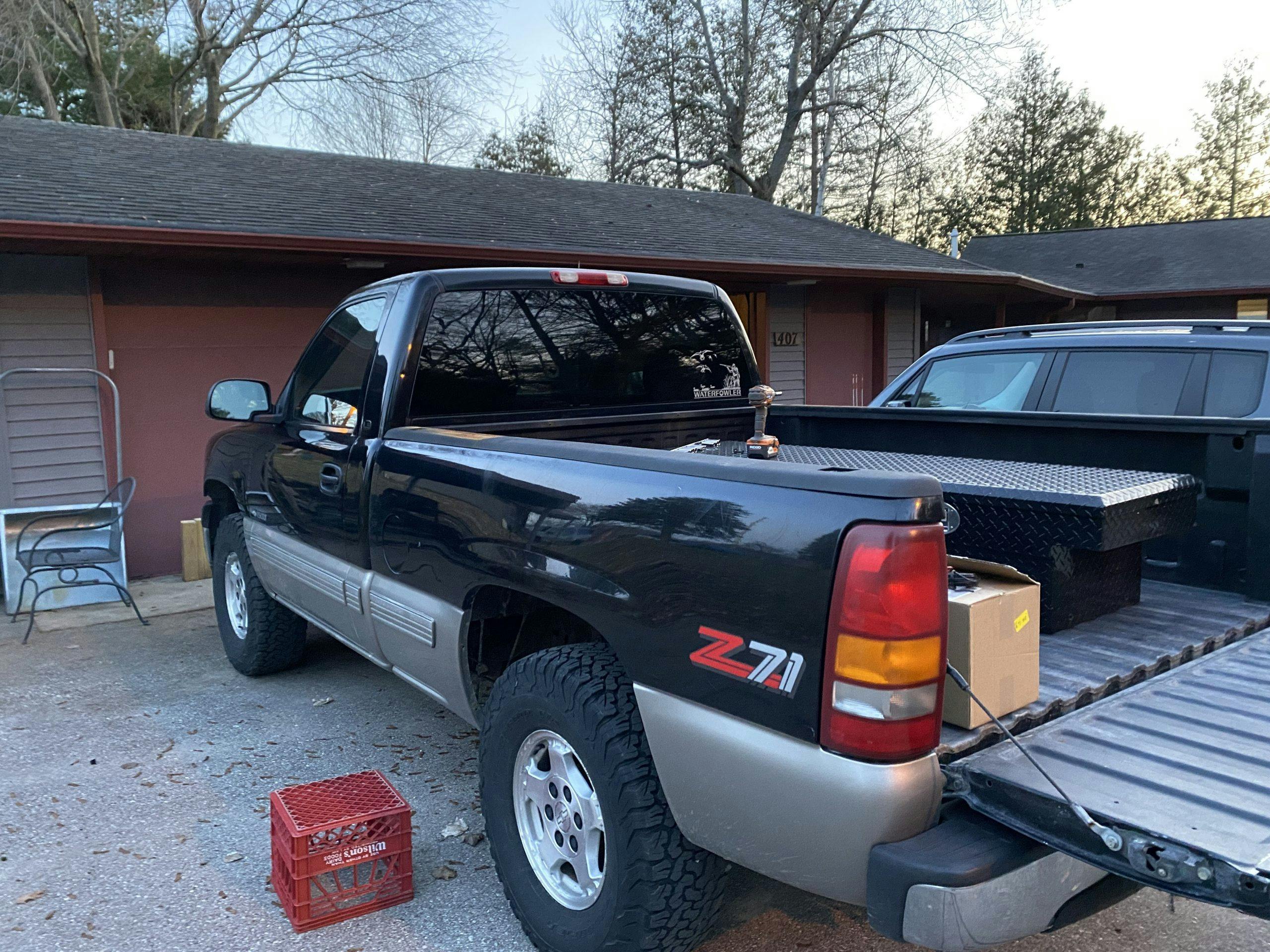Media | Articles
Is attention to detail the car enthusiast’s curse?
It’s impossible to count the number of times I have overheard someone compliment how well a door closes on a car. It’s something that’s mundane to most people and has no bearing on how well a car does its job as a mode of transportation, yet enthusiasts collectively nerd out over minute details like this. To me, that might be one of the best things about our community. It is also the downfall of my personal sanity.
What I mean is that even the casual observer in the automotive space is a person who has an appreciation for small details. As such, we also get irked when those little details are not just so. A reminder of my personal lack of tolerance for when these things are “off” came recently when I purchased a new-to-me pickup that is hardly vintage but isn’t new either. My “old” 1998 Chevrolet 1500 work truck is getting a little long in the tooth, so it’s getting demoted to work-only since a “new” 1999 Chevrolet 1500 joined my growing collection as a truck I can drive regularly without having to reassure my significant other that it’s safe and will not leave us stranded.
The new truck has half the miles and twice the power, but compared to the the old one it somehow felt like a rattletrap. Not to my girlfriend though. She thought it was a delightful upgrade, but I couldn’t get past rear view mirrors that had been replaced … and the doors that didn’t close right … and a transmission that shifted with an urgency and firmness typically reserved for race cars. She didn’t notice these things, but my enthusiast brain couldn’t not notice them. Therefore, I had work to do.
The trouble with the little things is that the repairs aren’t always so little, and even if they are they tend to stack up into a sizable to-do list that will ruin a weekend 15 minutes at a time. Then you drive to work Monday morning to show off your work and most of your co-workers won’t notice the difference even if you tell them what you did. The door hinge pins on my ’99 pickup are a prime example.
The door opened and closed, making it functionally perfect. However, it sagged dramatically more than factory specifications, due to 20 years of a driver getting in and out by hanging onto the door. Maybe the previous owner shouldn’t have bought the Z71 suspension package that lifts the truck ever so slightly, or installed larger tires that raise it even more. Instead, he leveraged the door to the point where the hinge pins and bushings were about as round as Talladega Superspeedway. Opening and closing the door felt wonky, and the droop was enough to let lots of wind noise in the leading edge.
Marketplace
Buy and sell classics with confidence
A hinge pin kit cost about $25 (if you’re reading this and thinking about getting your own set, don’t be cheap and buy the E-clip style; get the bolt-in, which is well worth the extra money). The most painful part is lifting the door back into place without scratching the fender. In all, it took me 25 minutes from start to finish, and most of that was spent cleaning under the two plastic trim pieces that had to be removed. I sleep better knowing the carpet is spotless under there. Now the door seals perfectly and closes like new—which any fan of this generation of truck will tell you still isn’t that great.
I then moved on to the side mirrors, one of which was broken, but neither matched the truck. Yet again, they were functionally perfect yet infuriating to my nitpicking enthusiast brain. I had only three nuts to deal with in order to remove each of the mirrors and replace them with beautiful, paint-matched pieces. The fact you rarely see both sides of the truck at the same time probably explained why no one else ever commented on the side mirror discrepancy. Heck, it even took me a week of ownership to catch it. Once I did, though, I couldn’t stop seeing it.
The transmission issue was a simple R&R of the throttle position sensor. I went ahead and cleaned the mass airflow sensor while under the hood, since the previous owner removed the factory airbox and installed a cone filter on a hot air intake tube. Why folks feel the need to remove factory air boxes is beyond me, but I’ll save that cloud yelling for my backyard, rather than Hagerty’s website. The truck drove before, and drove after. Just another item that did not fix anything, since nothing was technically broken.
Then there was the bed rail caps. A headache rack and toolbox were in the truck when I bought it. I neither desired nor needed either of them and was happy to make them go away. The plastic bedrail caps that one of the previous owners installed before the rack and box were rust-stained but undamaged. Again, functionally perfect, yet infuriating. Removal was easy, and replacement was required due to damage that the cheap plastic did as it rubbed against the paint during the truck’s 150,000 miles.
The result of my evening of work? A truck that is functionally the same. I did five hours of labor and, technically, I didn’t make the truck any better. However, any enthusiast will tell you my time wasn’t wasted. This attention to detail is the enthusiast’s curse. We spend time enamored with details that the average user simply does not care about. These three fixes are prime examples of how our gearhead brains are wired differently.
I’m not done with this truck and its small flaws, but for the sake of my sanity, in the comments below please only point out the things you notice on your car, rather than what you see on mine. I don’t need any help to go crazy in the details.

